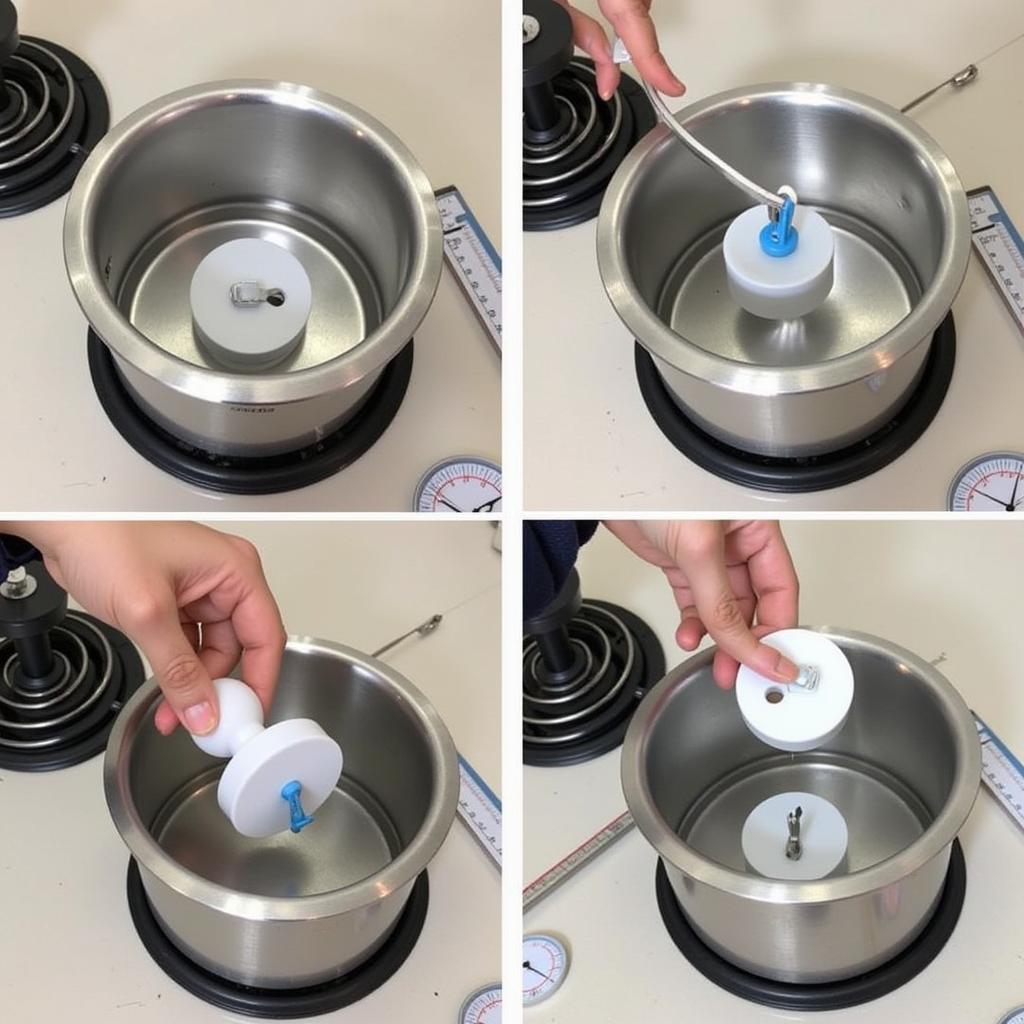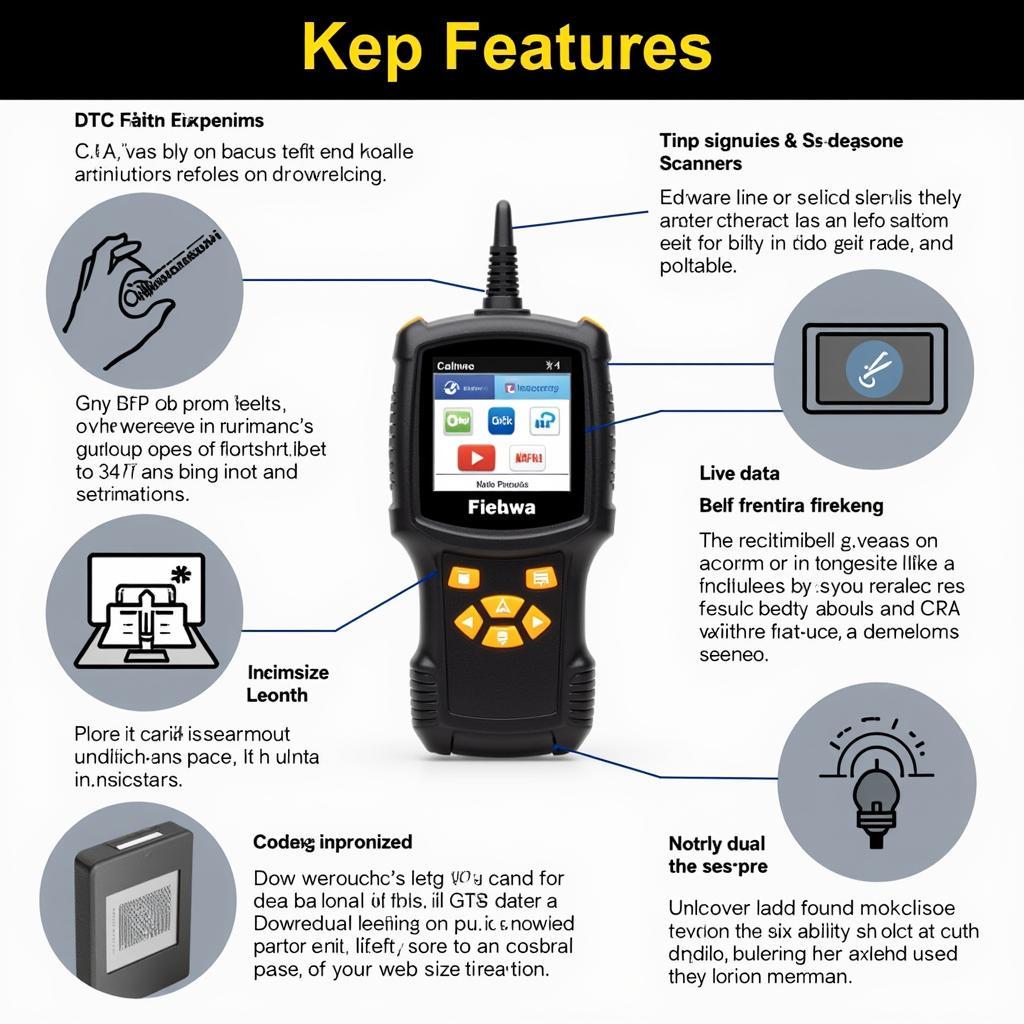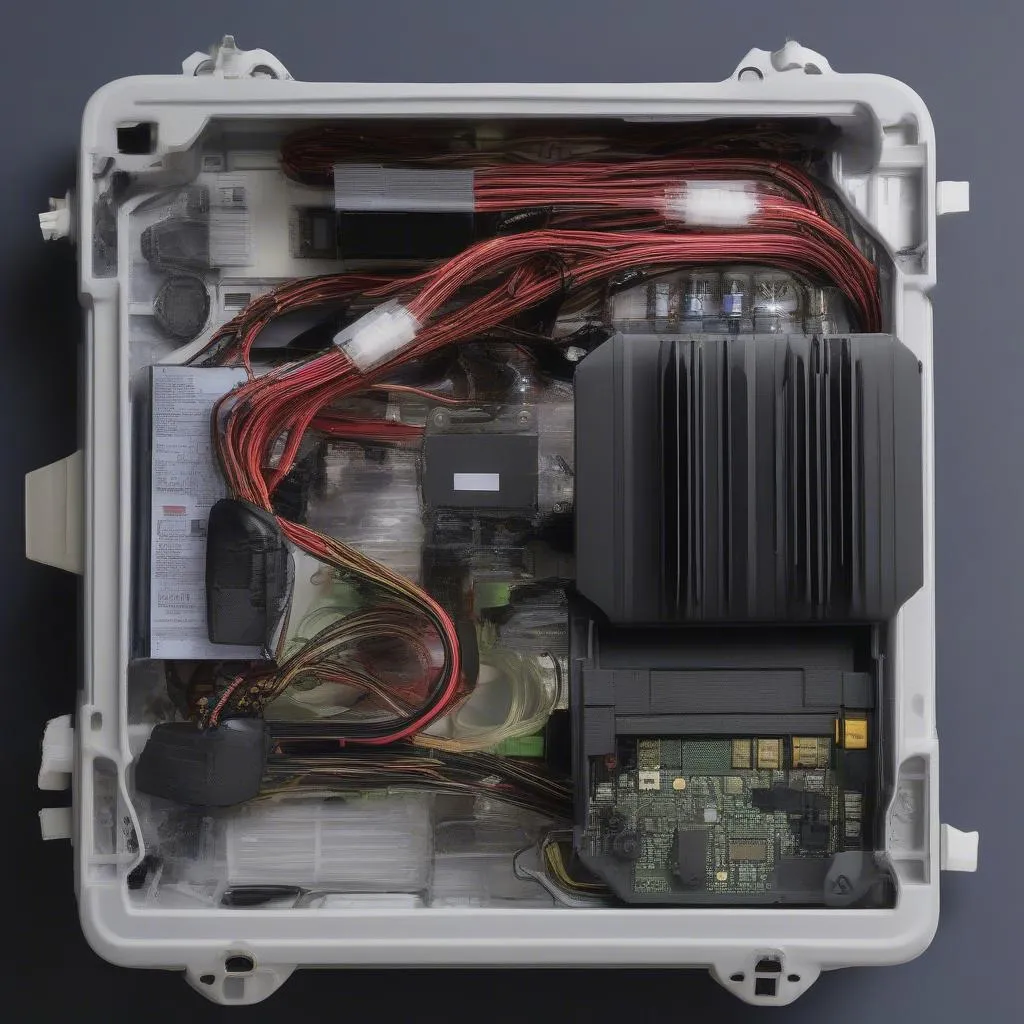Is your 1983 Mercedes 380SL temperature gauge giving you a hard time? A faulty temperature gauge can lead to overheating, engine damage, and costly repairs. This comprehensive guide will help you diagnose and fix your 1983 Mercedes 380SL temperature gauge issues, saving you time and money. Whether you’re a DIY enthusiast or a seasoned mechanic, this article will provide valuable insights into troubleshooting and resolving this common problem.
The 1983 Mercedes 380SL is a classic, but its age can lead to some quirks, particularly with the temperature gauge. Understanding the potential causes, from a faulty sending unit to wiring problems, is crucial. This article explores everything from simple checks to more complex repairs, guiding you through each step of the process. We’ll cover common issues like fluctuating readings, inaccurate measurements, and a completely dead gauge. Furthermore, we’ll discuss preventive measures to keep your 380SL’s cooling system in top shape. You’ll learn how to fix your 1983 Mercedes 380SL temperature gauge accurately and efficiently.
how to fix 1983 mercedes 380sl broken coolant temp gauge
Identifying the Culprit: Common Causes of Temperature Gauge Problems
A malfunctioning temperature gauge can be caused by several factors. The most common culprits include a faulty temperature sending unit, wiring issues, a bad thermostat, or even a failing gauge itself. Each of these components plays a vital role in the accurate reading of your engine temperature. A faulty sending unit, for instance, might send incorrect signals to the gauge, leading to inaccurate readings. Similarly, damaged wiring can disrupt the communication between the sending unit and the gauge, causing erratic behavior.
Testing the Temperature Sending Unit
The temperature sending unit is a key component in the temperature gauge system. To test it, you’ll need a multimeter. With the engine off, disconnect the wire from the sending unit. Next, ground the wire to the engine block. If the gauge moves to the maximum temperature reading, the sending unit is likely faulty and needs replacing.
Inspecting the Wiring and Connections
Wiring issues can also cause the temperature gauge to malfunction. Carefully inspect the wiring harness that connects the sending unit to the gauge for any signs of damage, such as fraying, corrosion, or loose connections. A simple visual inspection can often reveal the source of the problem. Repairing or replacing any damaged wiring is crucial to restoring the proper function of your temperature gauge.
Checking the Thermostat
A faulty thermostat can also lead to incorrect temperature readings. The thermostat regulates the coolant flow in the engine. A stuck thermostat can cause the engine to overheat or run too cool, both of which can affect the temperature gauge reading. Testing the thermostat involves removing it and submerging it in boiling water while monitoring its opening.
 Testing the Thermostat on a 1983 Mercedes 380SL
Testing the Thermostat on a 1983 Mercedes 380SL
How to Fix a 1983 Mercedes 380SL Broken Coolant Temp Gauge?
Sometimes, the gauge itself can be the problem. If all other components check out, you might need to replace the gauge. This involves removing the instrument cluster and installing a new gauge. While this might sound daunting, it’s a relatively straightforward process with the right tools and guidance.
how to fix 1983 mercedes 380sl broken coolant temp gauge
Preventing Future Temperature Gauge Problems
Regular maintenance can prevent future temperature gauge issues. This includes regularly checking the coolant level, inspecting the hoses and connections for leaks, and flushing the cooling system periodically. These simple steps can significantly extend the life of your cooling system components and prevent costly repairs down the road.
“Regularly checking your coolant level and condition is paramount,” advises John Smith, a veteran automotive technician with over 20 years of experience. “It’s a simple step that can prevent major headaches later on.”
Conclusion: Keeping Your 1983 Mercedes 380SL Running Cool
Addressing a faulty temperature gauge on your 1983 Mercedes 380SL is crucial for maintaining the health of your engine. By understanding the common causes and following the troubleshooting steps outlined in this guide, you can fix your 1983 mercedes 380sl temperature gauge and prevent potential engine damage.
FAQ
-
What are the signs of a faulty temperature gauge?
Fluctuating readings, inaccurate measurements, or no reading at all. -
How do I test the temperature sending unit?
Use a multimeter to check for continuity. -
Can a bad thermostat affect the temperature gauge reading?
Yes, a stuck thermostat can lead to inaccurate readings. -
How do I fix a broken temperature gauge?
You may need to replace the sending unit, wiring, thermostat, or the gauge itself. -
How can I prevent temperature gauge problems?
Regular maintenance, including coolant checks and system flushes. -
Is it expensive to fix a temperature gauge?
The cost varies depending on the specific problem. -
What should I do if my temperature gauge suddenly stops working?
Pull over safely and check your coolant level. If the engine is overheating, do not continue driving.
“Addressing temperature gauge issues promptly is key to avoiding costly engine damage,” says Jane Doe, a renowned automotive engineer. “Early detection and proper maintenance can save you a lot of trouble down the line.”
Need further assistance? Contact us via Whatsapp: +1 (641) 206-8880, Email: CARDIAGTECH[email protected] Or visit us at: 276 Reock St, City of Orange, NJ 07050, United States. Our customer service team is available 24/7.


